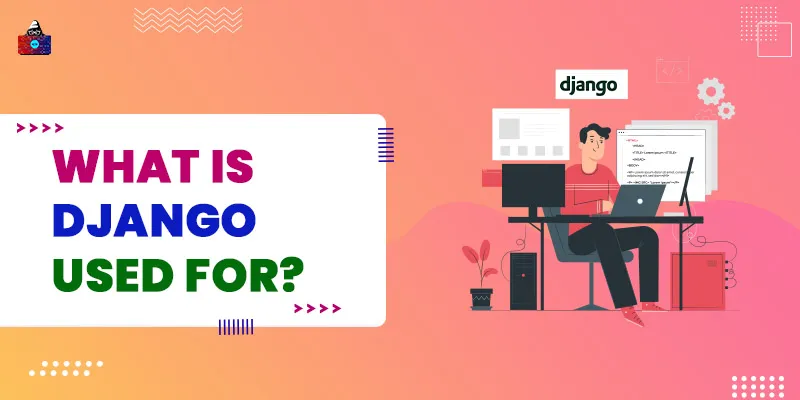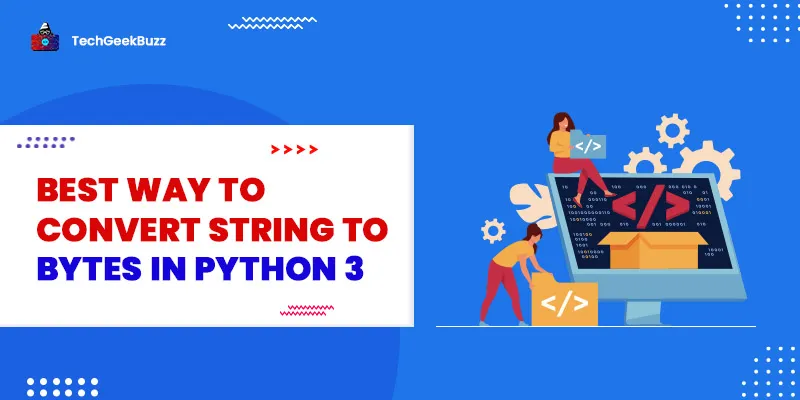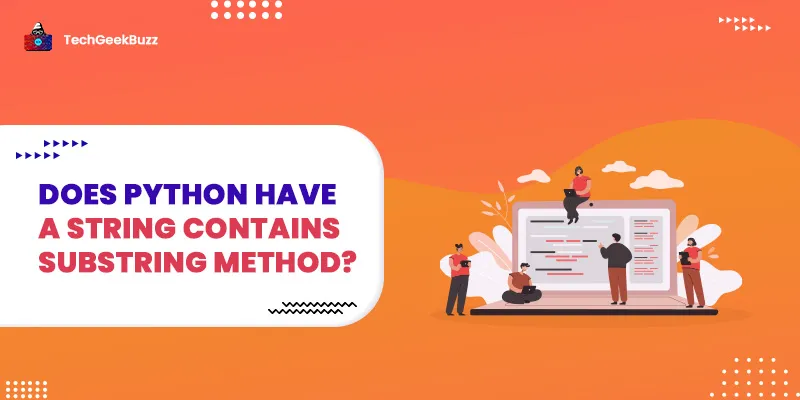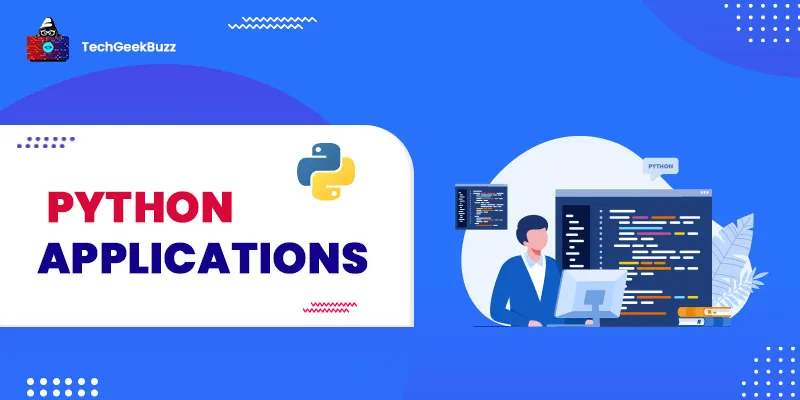Web-Frameworks provide an elegant and effective way to create a dynamic and secure web application. Rather than write code from scratch, we can use a rapid and scalable web application development framework.
Like programming languages, web frameworks are not different entities, every web framework is associated with a specific programming language. And mostly all the popular programming languages which are used for backend development and scripting have powerful web frameworks.
Today, we have a myriad of web frameworks present in the market, and choosing a perfect one for the project could be a tricky task. If you are not sure about your project's future features and needs, then the best way of choosing a web framework is by choosing the popular one. Right now, it is one of the most popular web frameworks in the current web-framework market.
Here in this article, we will discuss the questions What is Django Framework, what is Django used for or what are the uses?
What is Django?
It is the most popular and widely used Python web framework . It is used for the rapid and scalable development of secure web applications and websites. It provides a full-stack development environment. With it, the developer does not have to worry about the hassle of web development, and he/she can focus on the logic for the application rather than writing code for every common web application component. It is an open-source web framework with huge community support. It has more than 53K stars on GitHub, making it the second most starred web-framework.
As per the index of TIBOE 2020 November month, Python has also become the 2 nd most popular programming language. And by standing second-highest stars on GitHub, Django and Python make a perfect combination as the best tools for web development.
Features
Here are some features which help you to understand why we use the Django framework:
- Versatile
- Secure
- Scalable
- Maintainable
- Portable
- Complete
1. Versatile
Using Django, we can create any type of web application, big or small. It can be used to build complex web applications like content management systems, eCommerce websites, social network applications, and simple applications like the to-do app.
2. Secure
It comes with built-in security and middleware, which allow developers to create secure web-application. With Django, we can eliminate common and complex web-application threats like SQL Injection and Cross-site forgery. It comes with built-in password middleware that manages user account passwords with the hash system. Django has the user password and then stores the hash value in the database, so even the admin cannot see the other user's password.
3. Scalable
It project can be divided into multiple applications, and even after the deployment of the project. Adding a new application or feature to the project is also very easy. A Django project can have multiple applications, and all the applications have a separate module, which helps developers engage with every application effectively.
4. Maintainable
It follows the principle Don’t Repeat Yourself (DRY), and based on the principle, It was designed for a maintainable and reusable code. It comes with the main built-in components, so the developer does not have to write code for common features. Its applications follow a module approach in which different modules are created for different components, and it uses the Model View Template (MVT) architecture.
5. Portable
It is written in Python, a cross-platform programming language, which means it can be used in every platform supporting Python. Apart from the Operating system, all the popular hosting provides hosting support for the Django application, making the Django-based application's deployment process easy for its developer.
6. Complete
It is a full-stack web framework with complete packages and dependencies; however, you can also use other python packages for more functionalities. It is a “Batteries” included web framework, which means it comes with inbuilt features like User authentication, sessions, Object-Relational-Mapping, etc.
What is Django used for or Django uses?
It was developed between 2003 and 2005, and initially, it was designed to create and maintain magazine and newspaper-based websites. But with time, Django’s developers began to upgrade Django and develop reusable and common code. With some up-gradation and continuous evolution, Django can now build more complex applications than simple newspaper and magazine websites.
The primary objective of Django is to build dynamic web applications that can run on a web browser. However, It can be primarily used for back-end scripting, but it provides a full package for full-stack development. It follows the MVT (Model View Template) architecture, which allows developers to handle the model(database), view (backend logic), and template(user interface) for the web application within a single package, which makes Django a full-stack web framework. But the general purpose of Django is to write the logic for the backend.
Many popular tech giants and companies use Django to handle the back-end logic and database for their applications.
- Spotify
- Dropbox
- Mozilla
- Nasa
- Udemy
- Delivery Hero
- Accenture
- Coursera etc
All these above companies use Django for the back-end services and applications. All the popular websites do not use a single tool for all of their applications, so the complete Pinterest website or Udemy website doesn't need to be written on Django, but for some, their applications use Django. Here is the list of major applications that we can build using Django:
- Data-analysis tools using Django
- Automated email sending notifications using Django
- Algorithm-Based Generators
- Content Management System using Django
- Photo Verification web application using Django
- eCommerce web application using Django
- filtering application with AI and ML logic
- AI and ML-based recommendation system.
Conclusion
Django is only used for creating web-based applications that can run on any web browser. It is a python-based web framework that runs on the server side and handles everything from rendering HTML templates to managing Data Base and logic for the web application. Its versatility and batteries included features it allows its developer to create any type of web application and link with any SQL database without changing the code.
This framework is a complete package for those developers who want to seek a career in full-stack development; however, it can only render HTML pages, not create them. And with increasing community and shore up by one of the most popular programming languages, it promises its developers a bright future.
People are also reading:





Leave a Comment on this Post